European Directive 2006/25/EC and Decree no. 2010-750 require employers to monitor their employees' exposure to artificial optical radiation (AOR), which can damage the skin and eyes. To enable them to take preventive action to reduce health and safety risks and meet this regulatory requirement, LNE assesses the photobiological risk incurred by employees assigned to workstations generating a source of optical radiation. This risk is determined in accordance with standard NF EN 62471.
LNE accompanies the elected members or presidents of CSSCT (Health, Safety and Working Conditions Commissions), HSE or QSE prevention engineers or human resources managers, who must ensure compliance with these obligations but also prevent risk at work.
How the risk assessment is carried out Photobiological ?
The risk photobiological related to artificial optical radiation is evaluated according to 3 situations:
- The technical data of the source of radiation (Level, geometry and emission spectrum) make it possible to conclude that there is no risk
- Technical data suggest a risk, then a risk assessment is carried out by calculating the radiation level from these data, and the workstation configuration
- In the lack of technical data, adapted measurements and calculations must be carried out in order to assess the level of exposure to the workplace.
The principle of risk assessments based on the comparison of the level of radiation to which the worker is subjected to exposure limit values (defined in Directive 2006/25/EC).
On sources presenting a risk, LNE assesses the level of exposure:
- Either, based on the technical data and the analysis of the workstation in consultation with the customer,
- Or, in the absence of reliable technical data, by carrying out measurements in the laboratory or on site (within the limit transportable means of measurement).
The radiation level assessed is then compared to the Exposure Limit Values (ELVs) of the ROA Directive. An estimate of the maximum exposure times can be made.
Means of measuring ROAs
Spectroradiometers UV, visible and infrared.
Applicable regulations and standards
The employer has an obligation to control the exposure of his employees to ROAs:
- European Directive 2006/25/EC on the minimum safety and health requirements relating to the exposure of workers to the risks due to physical agents (artificial optical radiation)
- Decree No. 2010-750 (Ministry of Labour) relating to the protection of workers against the risks due to ROAs.
- Standard NF EN 62471 "Security Photobiological Lamps and devices using lamps".
Products concerned
All types of device emitting visible and invisible radiation to which workers may be exposed:
- Sources Lighting: LED lamps, neon lights, spotlights, scialytic lamps in operating rooms,
- Lamps ultraviolet used in industry for drying or antibacterial treatments,
- Light Black, molten metals, light generated by the arc welding of a metal part....
Examples of products emitting artificial optical radiation in the medical and industrial sectors
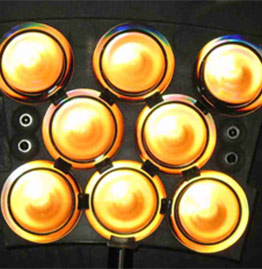
Operating theatre lighting (scialytic)

Medical device emitting blue light
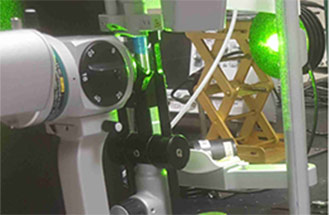
Ophthalmic medical laser treatment device
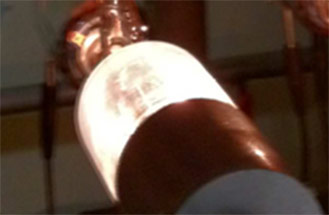
1200°C heat radiation source
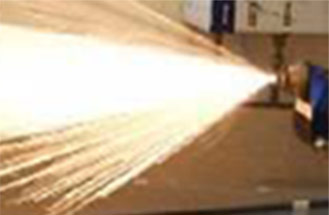
Source projection of molten material
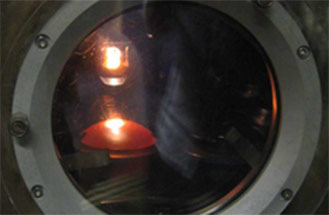
Source of thermal radiation 2700°C

Operating theatre lighting (scialytic)

Medical device emitting blue light

Ophthalmic medical laser treatment device

1200°C heat radiation source

Source projection of molten material

Source of thermal radiation 2700°C
Why choose LNE
- Collaboration in reference development and standardization in the optical field at the French level (UF76 "Optical radiation - safety, employment and exposure", European and international,
- Only provider to offer services under COFRAC accreditation* for all photonic metrology activities,
- Pilot of French metrology and Public Establishment of an Industrial and Commercial nature, whose status guarantees independence, transparency and a relationship of trust with its customers.
*Certificate of accreditationOn n° 2-22 and 1-0606, sites and scope available on www.cofrac.fr





